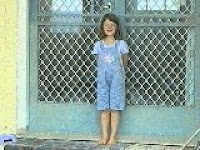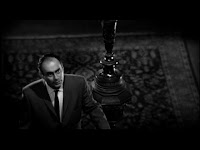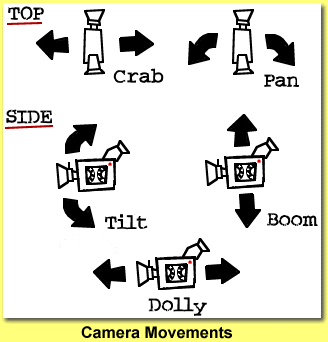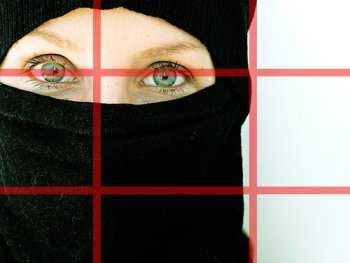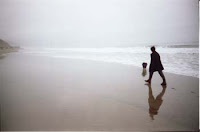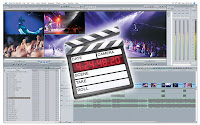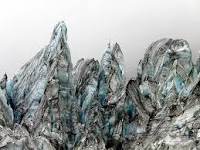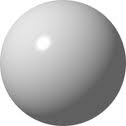As our group are filming a real band a camera test was not necessary as we could not replace the people in the band. However what we did instead was go on to their website and copy some of their promotional pictures and placed them on our blogs. In doing this we could see that they would look right on camera and as they are a real band they will bring a sense of authenticity anyway. When we are filming, we will take into account that we need to have more close ups of the two girls than the man as they are more aesthetically pleasing for the audience. However there still will be close ups of the man as he has an interesting face which will be good for the camera.

Lighting Plan:
For our video we wanted to impose a vintage feel onto a modern scene. We would do this by using low key lighting on the set to make it look slightly older. When we were drawing the lighting plan we had to take into account that we were filming in a studio of which we were going to build a theatre within it. This meant that the set had to be lit enough for the audience to see the detail in the set, however we wanted it to be slightly dimmed to give a vintage feel to it.

 Studio Design:
Studio Design:
We wanted to create an old theatre in the studio using different set designs; however we have now found a real theatre which will look more authentic. The studio design helps us to see where to position the cameras and also help us to see that shot's to use on the day of the shot.
.


Location Plan:
We wanted to find a place where we could make a bonfire so that the band could play and liaise round it. We thought that this would be visually pleasing for the audience and the idea of fire also supports the idea of danger in the lyrics of the song. We have found a Duke of Edinborough Camp where we will be able to make a bonfire and film the band around it. We have also found a new location to film the bands performance and this will look much more authentic than creating a set in the studio.
The new location was found for us by our lighting designer Dan. Dan worked at the location which is an old English mansion and was able to get the location for a very low price.














